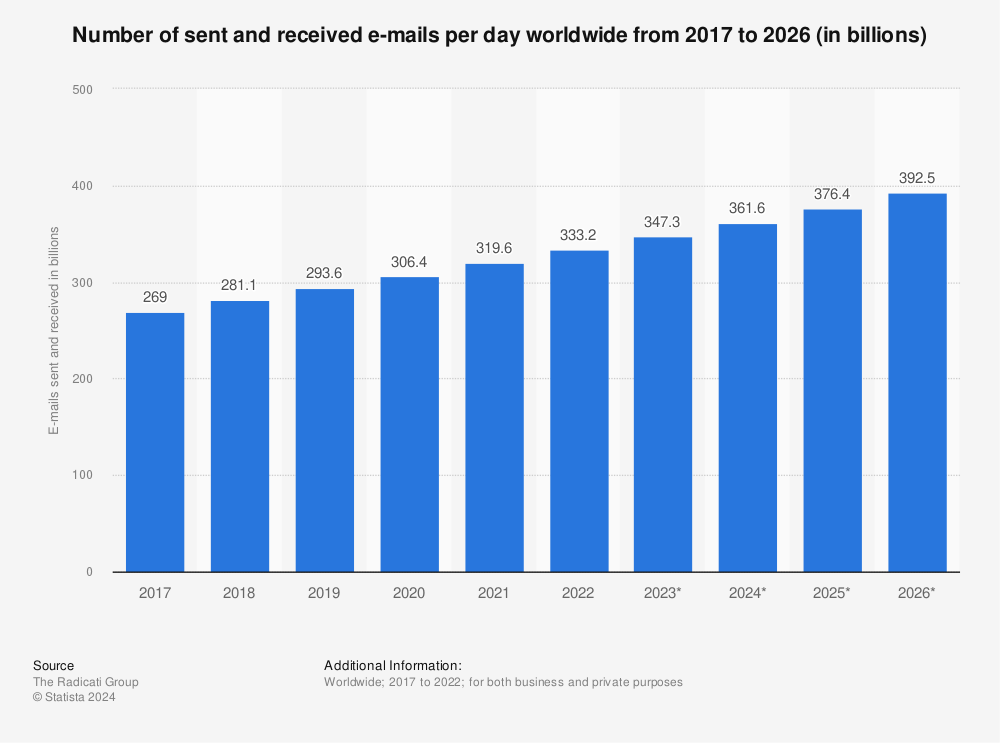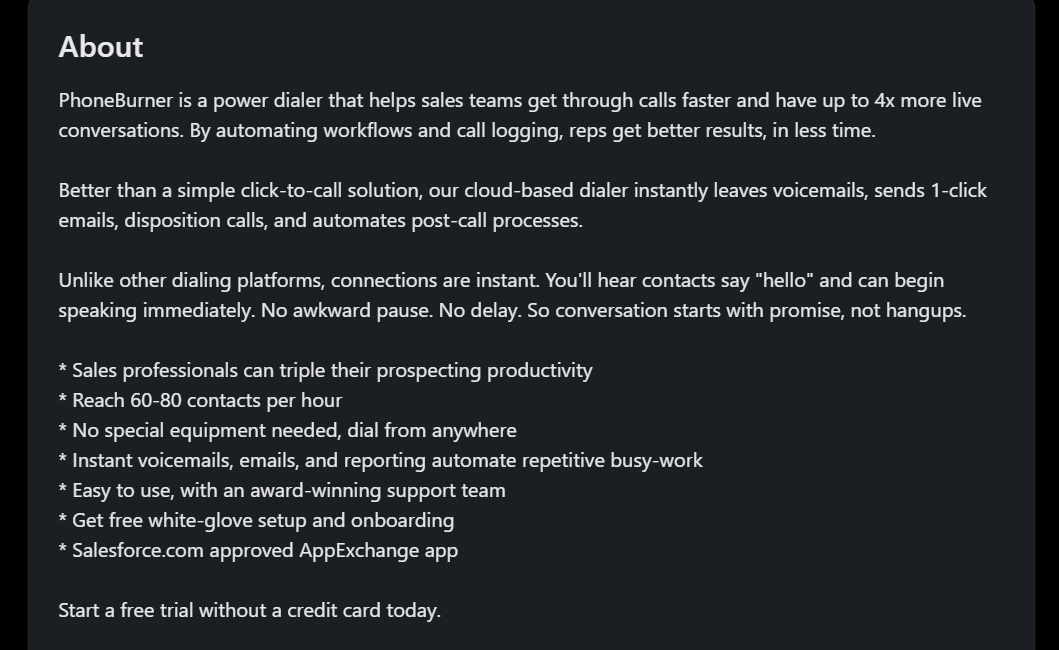29 Mar 2024 -
Cold email copywriters spend hours perfecting their email content, their offer, and the CTA but often overlook the subject line. That leads to lower open rates which in turn leads to lower reply rates. It is a vicious cycle of declining reach and lost deals.
Unopened emails can just lead to a feeling of “What could have been!” Truly, we can’t expect all our emails to be opened and read. But at least we can optimize our subject lines in a way that leads to higher open rates.
That’s where personalization steps in. For the last two years, cold emailers have been using personalization in email content and body to get exceptional results. Now, they have started experimenting with personalized subject lines too.
This approach has become important given the explosion in generative AI tools for copywriting, and with new regulations placed by Gmail and Yahoo for cold emailers.
In this blog, I explore certain ways in which you can use personalized subject lines for your outbound campaigns. I also look into how can you get the data for personalizing based on someone’s needs and publicly available data. But before that, let’s understand a bit more about why personalizing your subject lines matters in the current business environment.
Why personalized subject lines matter for cold emails now?
Email is still one of the cheapest customer acquisition channels but it has become so crowded that the conversion numbers have seen a drastic drop. This is doubly true for software vendors and IT services companies. Mostly because there has been an explosion of software companies in each segment that you can think of.

Take this for example, in 2010 there were 7000 MarTech software companies, today there are 11,000+. With such intense competition in markets and reps vying for attention in a limited TAM it can be difficult to stand out. What’s more, is that buyer journeys have completely changed and most buyers are starting their research way before a rep ever reaches out to them.
Lower open rates
Thus, you see lower open rates when someone emails a prospect “software that automates marketing for your team.” What’s to be done when 5 of your competitors are pitching to the same prospect? And most probably they are using similar subject lines in their emails. The prospect marks all the emails as spam and moves forward.
That’s where personalization kicks in and helps you differentiate from your competitors just like your product differentiates from your competitor’s product.
Emails are being blasted all over
The average business professional receives more than 120 emails a day and most of them are archived without reading. Email management has become an art and tools like Superhuman and others have popped up to help reach inbox-zero. But that doesn’t mean that people aren’t replying to cold emails, it has just gotten harder.

That’s where personalized subject lines step in to help you catch the attention of a person who is already overloaded with emails.
How to personalize cold email subject lines?
To personalize your cold email’s subject line you need to have relevant data about your prospect or their company. How you use that data and connect it to your email copy is another puzzle to solve. Here are a few ways in which you can find data from different sources and personalize your cold email.
Use information on a prospect’s LinkedIn profile
LinkedIn is the digital age’s yearbook like a Yellow Pages with a ton of extra information that you couldn’t get anywhere. And mining a prospect’s LinkedIn profile for relevant information is easier than ever. Also, using information that is publicly available on LinkedIn is far more interesting than using something available on Facebook, especially when sending B2B cold emails.
Here are a few data points that you can use to personalize subject lines -
[mutual connections]
You can look up the LinkedIn profile of your prospect and check if you have a mutual connection. Use the name of the mutual connection in the subject. If you have multiple mutual connections, use someone with whom you have close ties or you have sold your product to them.
Some ideas include - [connection’s name] at [company], [connection’s name], [connection’s name] uses [your product].
But always make sure that you don’t use false claims or exaggerated claims in your subject lines when using a mutual connection.
[past experience]
You can cite a past role of someone or an achievement in that role to get your prospect’s attention. For example, you are emailing a head of sales at a technology company and this person received multiple “President’s Club” awards while they were an SDR.

You can email them with a subject that says - “overachieving SDR?” or “multiple president’s club awards?”
The good thing about this approach is most people enlist their achievements while working in a role, so you can find the information easily.
[past company]
People are curious about their past associations - personal or professional. Remember that scene from The Social Network where Zuck checks out the Facebook profile of his ex? Well because we have a hard time letting go.
So use that psy hack to get the attention of your prospects. You can just put up the name of your prospect’s past employer in the subject. But make sure that you tie the company name to something relevant to their current role’s challenges.
[current role]
Use the exact job title they have on their LinkedIn profile to get some quick attention and then follow it up with a first line that addresses a challenge in that role. Make sure to not waste the first line in citing their role again, instead show how your product addresses their single most important challenge.
[influencers they admire]
Check out their “interests” at the bottom of their LinkedIn profile or see whose posts your prospects like and comment on within their segment. These are probably people that they are interested in and look up to. So, if you mention them in the subject and can segue to your product it can be a great win.
Here are a few tools that can help you extract and summarize some of the above data -
- PhantomBuster - extract information about prospects from sales navigator and LinkedIn searches.
- Clay - enrich CSVs and already existing LinkedIn profiles.
- Open AI API - summarize data into a word or two.
Use information on a target account’s LinkedIn page
LinkedIn company pages also have a wealth of information about a company that can be used to personalize subject lines. Here are a few ways.
[icp]
The LinkedIn description of a company often elaborates on the definition of the ideal customer for the company. Many even carefully detail their buyer persona and end users. You can either extract this information directly from the text or infer who they sell to using ChatGPT.

[services]
You can also personalize based on what service or product they offer. People are likely to become curious when they see something related to their segment. When you mention their product or service area they want to know what’s inside the email.
[industries they target]
If you are selling something that helps your prospects connect better with their target market then you can use their target industries in the subject line. This works especially well if sales and marketing teams or founders are your target persona. These personas care deeply about their target market and what affects them. So if you reach out with something valuable about these industries of concern then you might have a chance at better open rates.
[industry in which they operate]
Subject lines that personalize based on the operational area of a target account can outperform others. The logic here is that your prospect wants to keep abreast with all the latest trends in their industry and when they hear about something that’s latest they want to act upon it. So, if someone sells sales automation software, use a subject line saying “sales automation” to spark their curiosity.
[company page posts]
Posts on a company’s LinkedIn page can contain something relevant to a person’s role and that may be your cue to reach out. For example, you saw a post that a new marketing team member has been hired as a demand gen manager. Reach out to their Director of Marketing with the subject “new demand gen employee” and pitch your demand gen software.
Use information from job boards
Jobs are a great indicator of a company’s growth and strategic objectives. These indicators can then be used as a reason for your outreach. Here are a few ways in which you can personalize subject lines based on publicly available information about jobs at your target accounts.
[linkedin jobs]
Search for specific job titles on LinkedIn Search and then make a manual list of these jobs mapped to the account. Then use the job title as a subject line in your cold email to the relevant persona.
You can also enrich companies that are hiring for a specific job on LinkedIn using Clay. Or extract job search results using a tool like PhantomBuster.
[Glassdoor]
For getting job titles that have an active opening on Glassdoor you can use a scraper like Instant Data Scraper. Then you can enrich the prospects at these companies using Clay.
Scrape information from the target account’s website
You can also get information about the company from its website. Information like pricing, investors, available products, case studies, and testimonials can be extracted from the website. Next, you can use some words from the extracted information to catch your prospect’s attention. Ideally, these words should be about something prominent.
For example, your target account might have a testimonial from an engineer at Apple or Microsoft. The subject line in this case could be “Microsoft’s case study” or “Apple engineer’s testimonial.”
Clay has a great scraper called Claygent which can browse the target account’s site and get you responses in a format that is ready to be plugged into the subject line.
Scrape information from Google Maps
This can be a great way to personalize the subject line for emails being sent to local businesses or companies that cater to local businesses. Google Maps has tons of metadata around location, reviews, hours, and descriptions of businesses. You can use a few of them in your subject lines.
For example, you can quote a consistent theme that keeps on popping up in a business’ negative reviews like “late delivery.” Or you can find something in their description.
Here again, Clay and Oxylabs have great scrapers to extract and summarize data from Google Maps.
These are just a few ways in which you can personalize your subject lines and most probably they’ll boost your open rates.
But if you think you don’t have the bandwidth to go through the entire process and need some help reach out to me at arif@earlygtm.io.